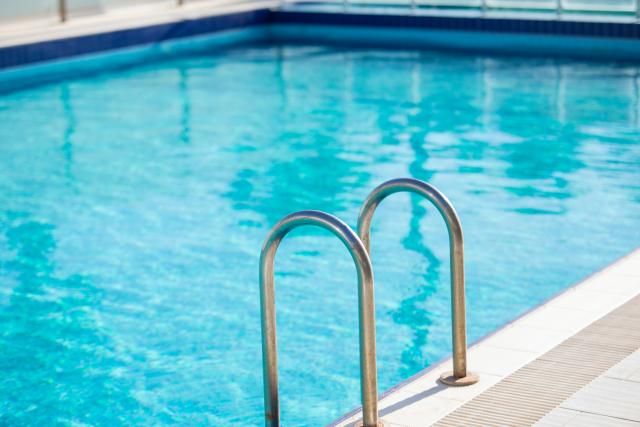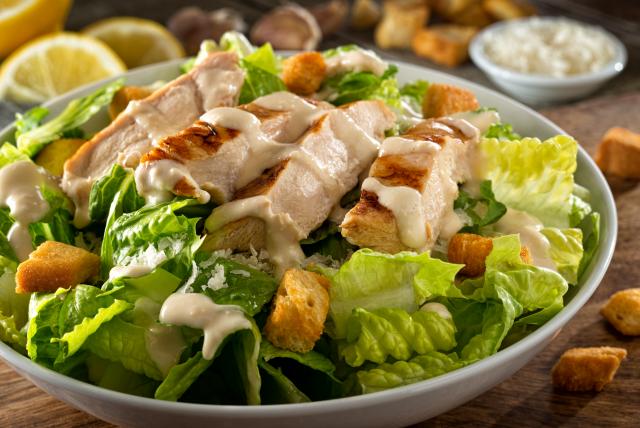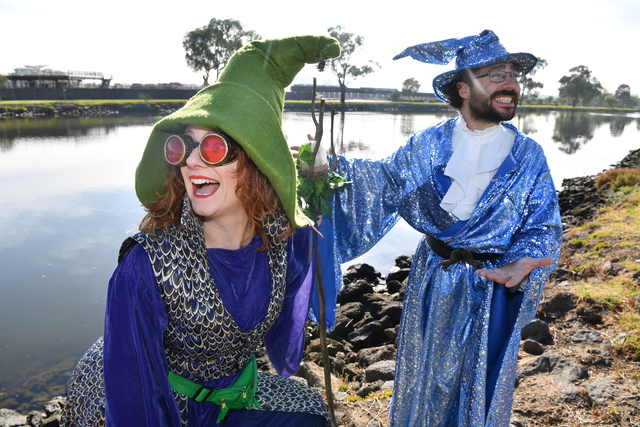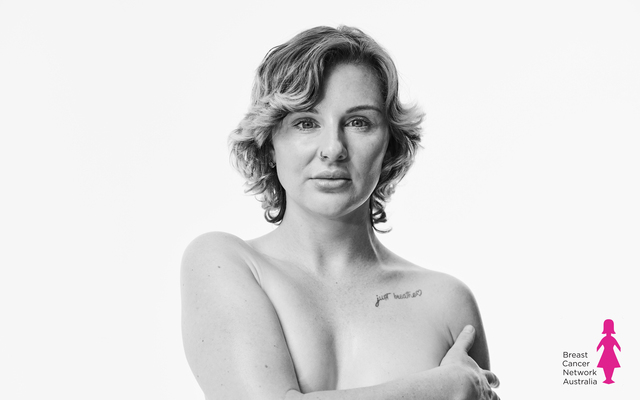Kidsafe Australia and Royal Life Saving Australia are urging pool and spa owners to check their barriers and help reduce the number of toddler drownings.
The call for action comes after figures from Royal Life Saving Australia’s National Drowning Report revealed that 15 Australian toddlers aged under four drowned in 2023–24.
Most incidents occur in home backyard swimming pools, accounting for 40% of all infant drownings.
Drowning continues to be one of the most common causes of accidental death for Australian children aged under four.
Kidsafe Australia president Richard Franklin said toddler drownings happen quickly and silently.
“Toddlers are attracted to water, but they don’t yet understand the dangers that it can pose. A split second is all it takes for them to find themselves in trouble,” Mr Franklin said.
While pool and spa barriers can reduce the risk of drowning incidents, evidence shows that many recorded drowning deaths involved barriers that were faulty, were not maintained, were propped open, or didn’t comply with Australian standards.
Royal Life Saving Australia chief executive Justin Scarr said barrier checks are critical to ensure toddler safety and should be performed routinely for all pool and spa owners.
“With the summer months just around the corner and families spending more time in and around water, it’s important to be prepared. By checking weekly that your pool barriers and gates are in good working order, you could save a life,” Mr Scarr said.
Key measures to ensure the safety of children near water include:
* Water Awareness: Enrol children in water awareness and swimming classes. These classes help children become alert near water, educate them about safety, and teach them swimming skills.
* CPR/First Aid: Kidsafe and Royal Life Saving strongly recommend that all parents and caregivers participate in CPR and First Aid training. Regularly refresh these skills to ensure that they can effectively respond in emergencies.
Top 5 issues with pool and spa barriers:
* Gates or doors that are no longer self-closing
* Gates or doors that are no longer self-latching
* Gates that are propped open for convenience – allowing children unsupervised access
* Gaps, holes or spaces in and under the barrier which a child can get through
* Climbable objects near the pool barrier e.g. barbecues, outdoor furniture, eskies, trees etc.







